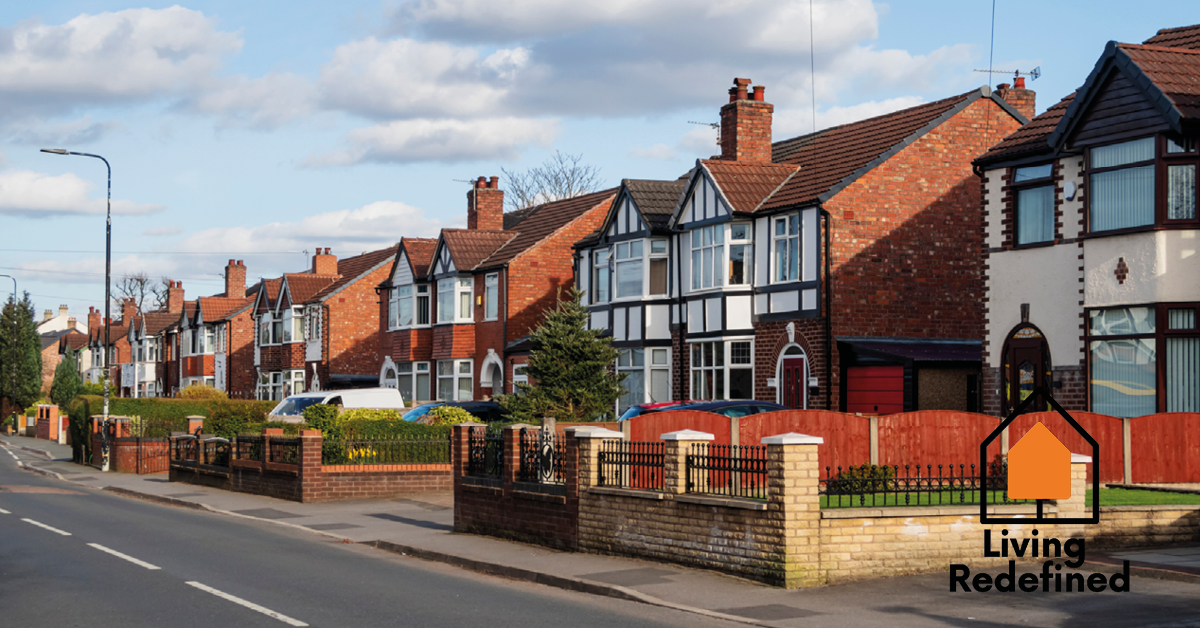

Common misconceptions about social housing
For landlords seeking alternative ways to let their properties, supported housing offers a unique solution. Unlike traditional tenancies, supported housing involves renting properties to organisations that provide accommodation and care for vulnerable individuals.
This arrangement can offer numerous benefits, such as guaranteed rent and fewer management responsibilities, while contributing to a positive social cause. In this article, we’ll explore what supported housing is and how it differs from other types of housing, so you can determine if it’s the right fit for you.
Misconception 1: Tenants will damage your property
One of the biggest fears landlords have about social housing is that tenants will not respect their property, leading to costly repairs and ongoing maintenance issues.
The Truth
Social housing providers, not landlords, manage tenants and maintain properties. When you lease your property to a housing provider, they handle everything—from tenant selection to property upkeep. Any necessary repairs or maintenance are typically covered within the agreement, ensuring your investment remains in good condition.
Misconception 2: Social housing offers low returns
Some landlords believe that renting to a housing provider means accepting lower rental income compared to the private market.
The Truth
Social housing agreements often have guaranteed, long-term rental contracts, providing stability and financial security. With no void periods or tenant turnover, landlords can enjoy a consistent income without the usual headaches of private renting. When you factor in the reliability of payments and reduced management responsibilities, social housing can be just as, if not more, profitable than traditional buy-to-let arrangements.
Misconception 3: You can't exit agreements
There’s a belief that once a landlord enters a social housing lease, they are stuck indefinitely with no way out.
The Truth
Most social housing agreements have clear and defined exit strategies. Landlords are not locked in without options—contracts typically outline termination clauses, notice periods, and the process for ending an agreement if necessary. Before signing, landlords can review terms to ensure they align with their long-term property goals.
Misconception 4: Only low-quality properties qualify
Some landlords assume social housing schemes only accept run-down or substandard properties.
The Truth
Housing providers have strict property standards and often require well-maintained, high-quality homes. Their goal is to provide safe, comfortable living spaces for their tenants. Many providers even require properties to meet specific criteria, such as energy efficiency and modern safety regulations, making social housing a viable option for landlords with well-kept properties.
Misconception 5: Landlords have to manage tenants
Many landlords worry about dealing with difficult tenants or handling day-to-day property management in social housing arrangements.
The Truth
Social housing providers take full responsibility for tenant management, including rent collection, tenant disputes, and property maintenance. This management means landlords can enjoy a truly passive income stream without interacting with tenants directly. It’s an ideal solution for landlords who want to invest in property without the usual hassles of being a hands-on landlord.
Final thoughts
Social housing is an underutilized opportunity that provides landlords with secure, long-term rental income, minimal hassle, and guaranteed payments. By debunking these common misconceptions, landlords can make informed decisions and take advantage of the many benefits social housing has to offer.
Interested in leasing your property to a trusted housing provider? Contact Living Redefined today to learn more about how you can benefit from social housing.

